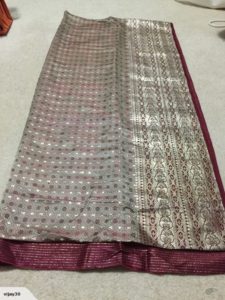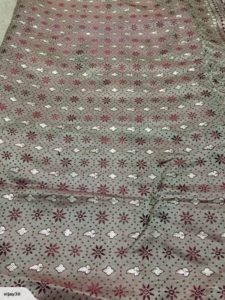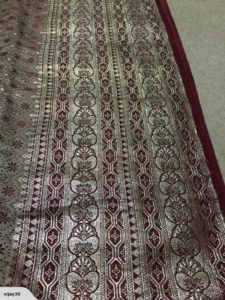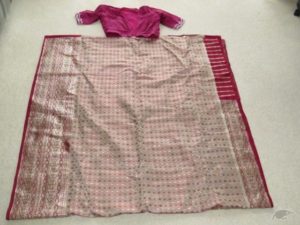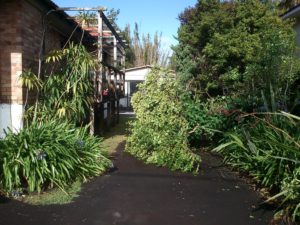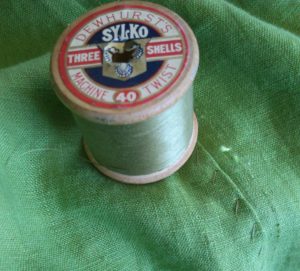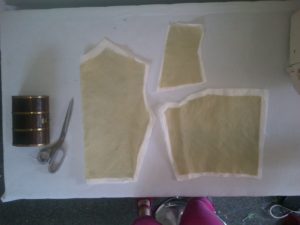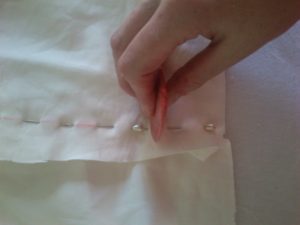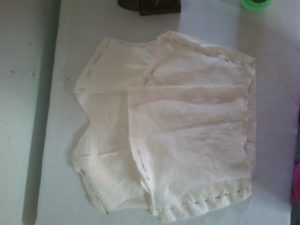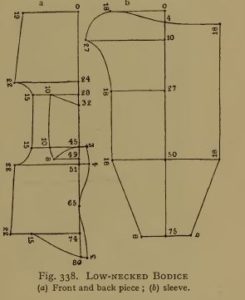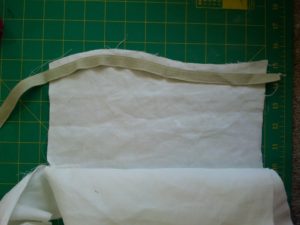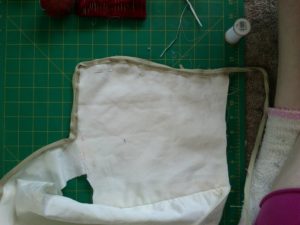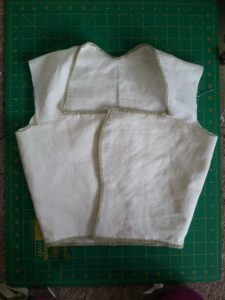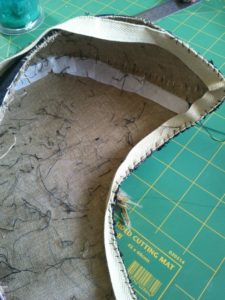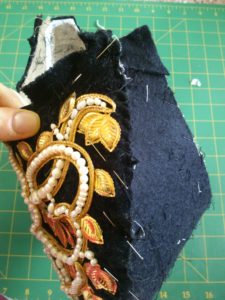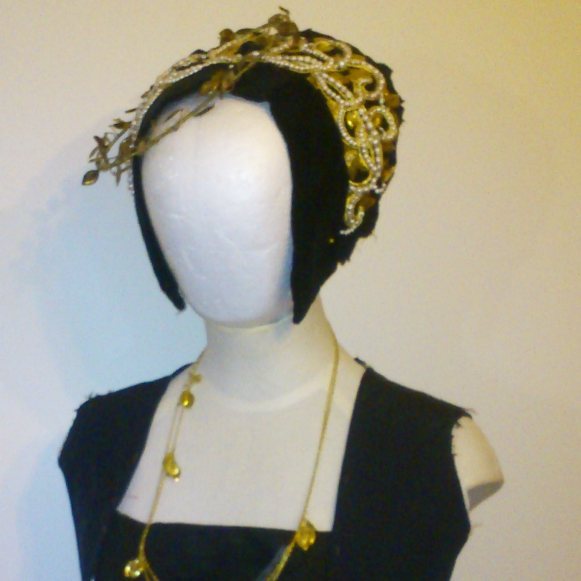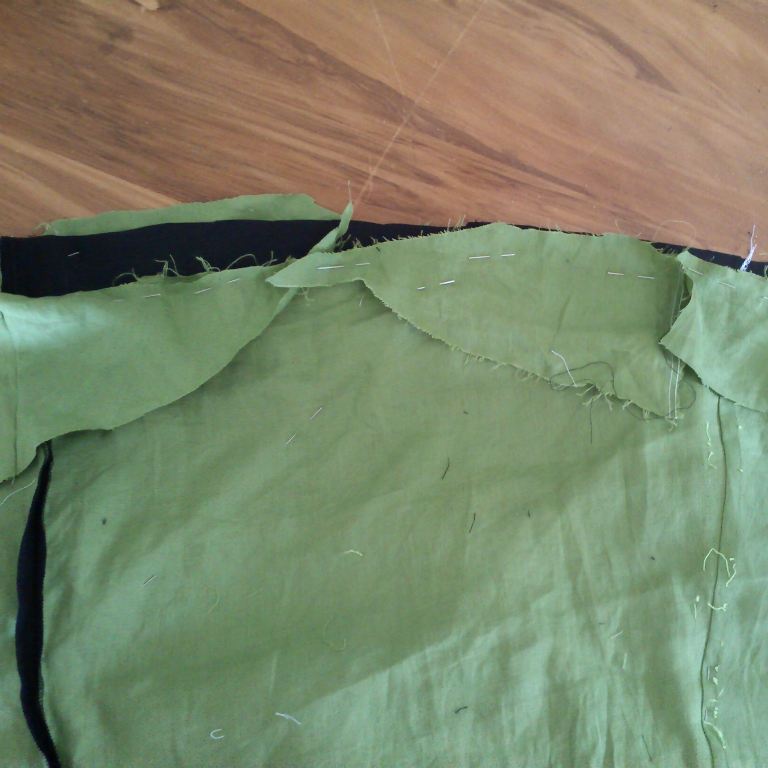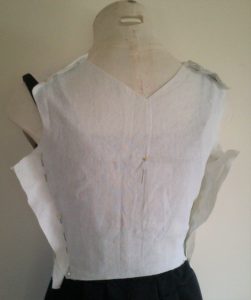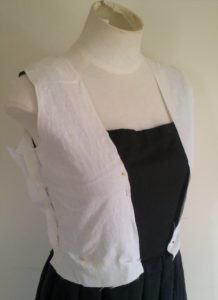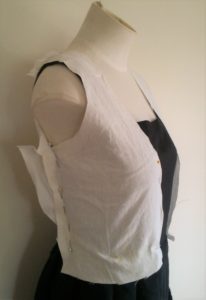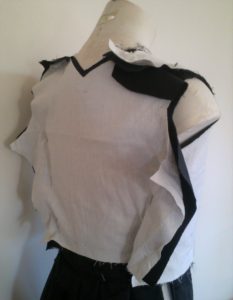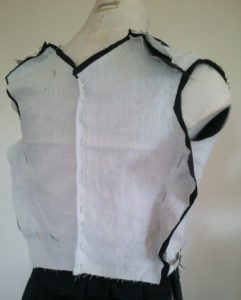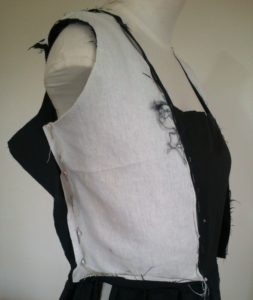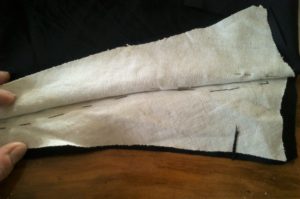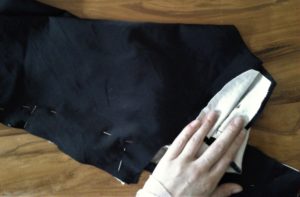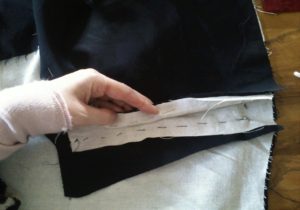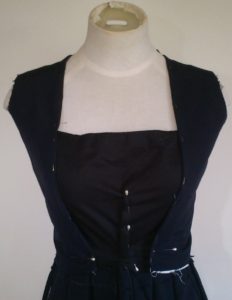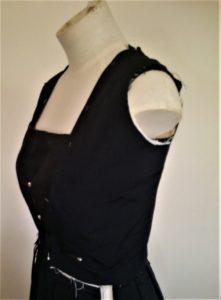So I have been thinking a lot about order of sewing, technologies, and workshop roles a lot. I just have forgotten to apply it to my own work and finally made that connection 🙂
I keep stalling hemming because I want it to go fast, it hurts physically so I use long needles so I can reduce stress on any one finger but instead use three fingers and thumb. And I know people expect a “laurel” finish.
Well okay so no my hems don’t look like a master made them.
But they sure as heck look like the real deal because hems weren’t done by a master.
My work looks like it was from a workshop not a single hand. And I like that.
But it took a long time to like that. It’s not about sloppy stitches it’s about practical stitches that are also speedy. I may not have had my daily rations to aim for as a reward but I do get my frock that one step closer when it’s done. So not the same thing and it really does make me appreciate the anonymous workers who made up the garments we now know by the designer or the wearer.
Anyway. So finding that appreciation for my own work again made it much more enjoyable. I stopped making excuses to not do it because it was not good enough. It is.
Now redoing the hemming of my suite of ruffs… I’m not looking forward to that. That does need teeny tiny stitches and having lost TWO(!!!!!!!) ruffs hemmed to ridiculous fineness I also really don’t want to invest in stitching something that will likewise get lost again.
Well okay. Let’s see if I can put the same positive thought process into the hemming of the ruff.
Oh but hemming took about 3 hours as it was so no, I was most definitely not making excuses for my work. It’s a hard task as it was the wool facing that needed stitching- it needed to be caught to match the edge of the gold braid to make sure it didn’t self collapse. And I still need to tack the layers together underneath the row.

